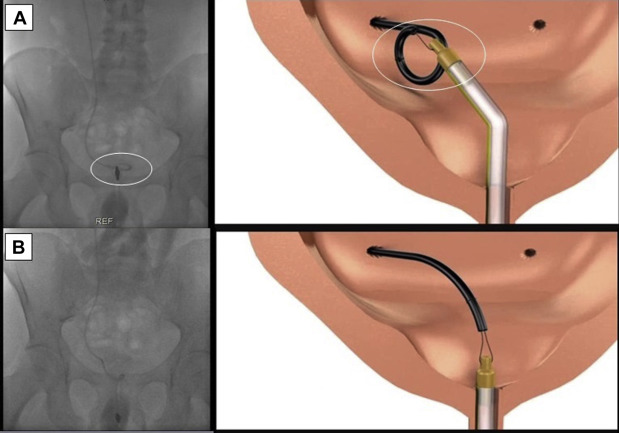As a result of your recent procedure, your urologist may have placed a ureteric stent in your ureter (tube from the kidney to bladder). A ureteric stent or JJ stent is a specifically designed hollow tube that is made of flexible plastic which is approximately 25-30 cm long.
It is placed in the ureter and is held in place by a coil at each end. A stent’s function is to hold the ureter open so urine can drain from the kidney to the bladder and is usually inserted after you have had a ureteroscopy (a look inside the ureter).
It is quite common for the stent to irritate the bladder and you may go to the toilet often and pass very little urine. This is just temporary and will resolve once the stent is removed. If this is distressing, contact Urology Associates as there is a medication (oxybutynin) which can help with this symptom. It is also common to experience discomfort in the kidney region when passing urine, whilst you have a stent in place. This is nothing to worry about.
You may have noticed a string coming out of your urethra (water pipe). This string will be used to remove your stent in several days. Your urologist will give you an indication how long the stent should stay in place.
How to remove your stent
- Wash and clean your hands thoroughly
- It is important to try and relax. This will make removal easier.
- Take hold of the string and with a firm, steady motion, pull the stent until it is out. Remember that it is approximately 25-30 cm long. This will feel uncomfortable but it should not be painful.
Once the stent is removed you will probably experience some pain the next time you pass urine and you may also notice blood in your urine. This is quite normal and it will pass.
Make sure you drink enough fluid to keep your urine a pale yellow colour. This will reduce the likelihood of blood clots in your urine.
If you feel that you are unable to remove the stent by yourself, don’t be concerned. Contact Urology Associates and arrange a time to have the stent removed by a nurse.


